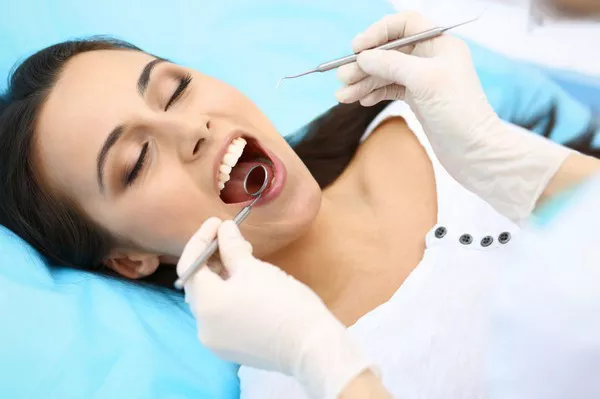Achieving a radiant smile is a common aspiration, even for those with braces. With the popularity of teeth whitening strips, individuals undergoing orthodontic treatment may wonder if these strips can effectively enhance the brightness of their smiles. In this article, we explore the compatibility of whitening strips with braces, addressing common questions and considerations.
1. Understanding Whitening Strips: A Brief Overview
Teeth whitening strips are thin, flexible pieces coated with a peroxide-based gel, designed to lighten the color of teeth. These strips adhere to the tooth surface, allowing the active ingredients to penetrate the enamel and break down stains.
2. The Challenge of Whitening with Braces: Brackets and Wires
a. Obstacles to Uniform Whitening: The presence of brackets and wires with braces creates challenges for whitening strips. The strips may not make direct contact with the entire tooth surface, leading to uneven whitening.
b. Potential for Residue: The complexity of braces can result in the gel not fully reaching areas covered by brackets, potentially leaving behind visible residue after strip removal.
3. Whitening Strips and Bracket-Free Teeth: Addressing the Perimeter
a. Working on Unbraced Areas: Whitening strips can be effective on areas of the teeth without braces. The strips can help whiten the visible parts of the teeth, creating a brighter appearance in the areas not covered by brackets and wires.
b. Addressing Color Discrepancies: While whitening strip usage may improve the color of unbraced areas, it’s essential to manage expectations regarding potential color discrepancies between the braced and unbraced portions of the teeth.
4. Considerations for Safe Usage with Braces: Best Practices
a. Selecting Suitable Products: Choosing whitening strips designed for use with braces is crucial. Some products are specifically formulated to adapt to the challenges posed by orthodontic appliances.
b. Avoiding Gum Irritation: Ensuring that the strips do not come into direct contact with the gums helps prevent potential irritation, especially in areas where brackets may be close to the gumline.
c. Consultation with Orthodontist: Seeking guidance from an orthodontist before incorporating whitening strips into the oral care routine is advisable. Orthodontic professionals can provide insights into the compatibility of specific products with individual treatment plans.
5. Alternatives to Whitening Strips During Braces Treatment: Exploring Options
a. Professional Consultation: Orthodontists may recommend professional teeth whitening options that are better suited for individuals with braces. These solutions can offer more controlled and even results.
b. Post-Braces Whitening: Considering teeth whitening after completing the orthodontic treatment may be a strategic approach. This allows for a comprehensive whitening treatment when the braces are no longer a factor.
Conclusion: Balancing Aesthetics with Orthodontic Care
The question of whether whitening strips work on braces is nuanced, considering the challenges posed by orthodontic appliances. While whitening strips can contribute to a brighter smile by addressing unbraced areas, managing expectations and seeking professional advice is crucial. Orthodontists play a key role in guiding patients toward safe and effective options for maintaining oral aesthetics during orthodontic treatment.
In the pursuit of a gleaming smile with braces, a holistic approach involving regular dental check-ups, professional guidance, and a tailored oral care routine can help individuals strike the right balance between orthodontic care and achieving a brighter, more confident smile. Remember, the journey to a radiant smile is a partnership between the individual and their orthodontic team, ensuring that the final result is not only aligned but also brilliantly bright.
Can Really Yellow Teeth Become White
Will Teeth Whitening Damage My Teeth
How to make your teeth white when they are yellow?





























